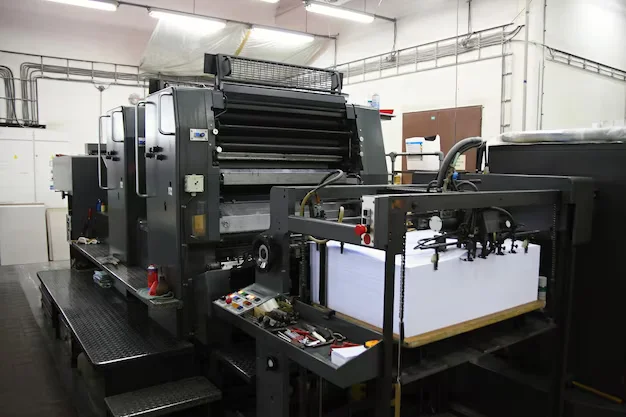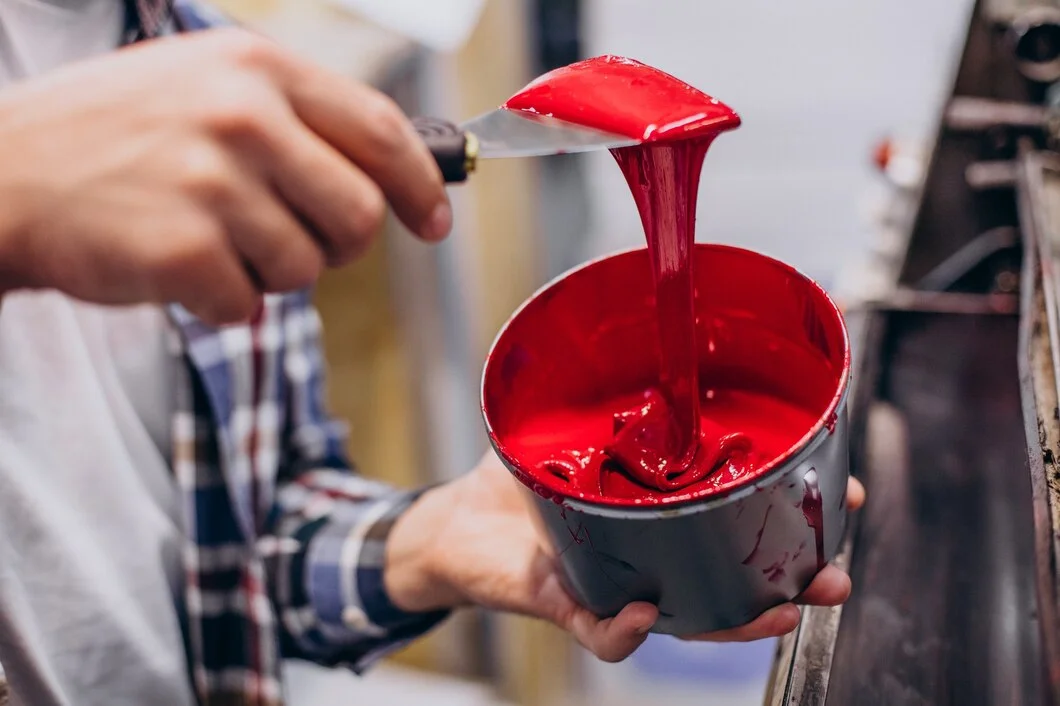Offset Printing And Its Significance In The Printing Industry
Behind those glossy magazines, eye-catching posters, and beautifully bound books lies a powerful printing technique known as offset printing. With its ability to produce high-quality prints with vibrant colors and sharp details, printing has revolutionized the industry in countless ways. In today's digital age, it's easy to overlook the artistry and precision that goes into creating every printed piece we encounter. So join us as we delve into the significance of printing and how it continues to mesmerize our visual landscape.

What is Offset Printing?
When printing, the inked image is transferred (or "offset") from a plate to a rubber blanket. From there, it is offset again onto the printing surface. Although once used chiefly for newspapers, printing is now used for magazines, books, stationery, and packaging (such as wrapping paper and boxes). Printing quality has improved dramatically over the years, and it is now one of the most popular printing methods.
There are many benefits to printing. It is a very versatile printing method used on various materials. Printing also produces high-quality prints with sharp images and crisp text. This printing method is also very efficient, which means it can print large quantities of prints quickly and easily.

Printing Process
A printing plate transfers an image to a rubber blanket and the printing surface. It is considered the most versatile printing process and is commonly used for long print runs, such as books, newspapers, and magazines.
The offset printing process has four main steps:
- Prepress: The prepress stage includes all the activities that must be completed before printing can begin. This includes creating the design or artwork, making plates, and doing necessary testing.
- Printing: During the actual printing process, the image is transferred from the plate to the rubber blanket and placed onto the surface on which it will be printed.
- Postpress: Once the printing is complete, a few finishing touches must be made to prepare the final product for delivery. These can include binding, cutting, or packaging.
- Delivery: The final step is delivering the printed products to their destination.

Advantages
Printing is a commonly used technique in which the inked image is transferred (or "offset") from a plate to a rubber blanket and then to the printing surface. When combined with the lithographic process, printing on various materials, including paper, cardboard, plastic, and metal, is possible.
The printing process has several advantages over other printing methods. Perhaps the most significant benefit is that it allows for high-volume printing at a lower cost per unit than other methods, such as digital printing. Additionally, printing produces prints with sharper detail and higher quality than digital printing techniques. Because printing plates can be reused multiple times, this method is more environmentally friendly than other printing types.

Types
Printing is a commonly used technique in which the inked image is transferred (or "offset") from a plate to a rubber blanket and then to the printing surface.
There are three main types of offset printing:
- Lithography: Lithography is the most common type of printing. In lithography, the image to be printed is first transferred to a metal plate. The plate is then covered with ink and water, and the ink adheres to the image areas while the water repels the ink from the non-image areas. The inked plate is then passed through rollers that transfer the ink to the rubber blanket. The rubber blanket then transfers the ink to the printing surface.
- Flexography: Flexography is similar to lithography but uses a flexible relief plate instead of a metal plate. This makes flexography well-suited for printing uneven surfaces, such as cardboard or fabric.
- Gravure: Gravure printing is similar to flexography but uses an engraved cylinder instead of a relief plate. Gravure offset is typically used for high-volume printing, such as magazines or newspapers.

Offset Printing vs. Digital Printing
While both offset printing and digital printing are used in the printing industry, there are some critical differences between the two. Printing is a traditional form that uses plates to transfer ink onto paper. This type of printing is typically used for large print jobs, such as books, magazines, newspapers, and packaging.
Digital printing, on the other hand, is a newer technology that uses digital files to print onto paper directly. This type of printing is often used for shorter print runs, such as business cards, flyers, and postcards. Digital printing is also typically faster and more versatile than offset printing.

Print Quality and Color Management
Print quality and color management are two of the most critical aspects of printing. By understanding how these two factors work together, you can produce better prints with fewer problems.
Offset printing uses a four-color process to produce prints. The four colors are cyan, magenta, yellow, and black. These colors are mixed in various proportions to create the other colors in a print. The color management system is responsible for ensuring that all the colors are printed accurately and consistently.
There are several different ways to measure print quality. The first is by looking at the resolution of the print, which is measured in dots per inch (dpi). The second is by looking at the line widths of the print, which are measured in microns (µm). The third is by looking at the density of the colors on the print, which is measured in percent (%) reflectance density (L*a*b* or LAB values).

The color management system ensures that all the colors are printed accurately and consistently. There are a few different ways to measure color consistency. The first is using a spectrophotometer to measure the light absorption by each color on the page. The second way to measure color consistency is by using a densitometer to measure the percentage reflectance of each color on the page. Both of these methods will give you an accurate measurement of how consistent your colors are.